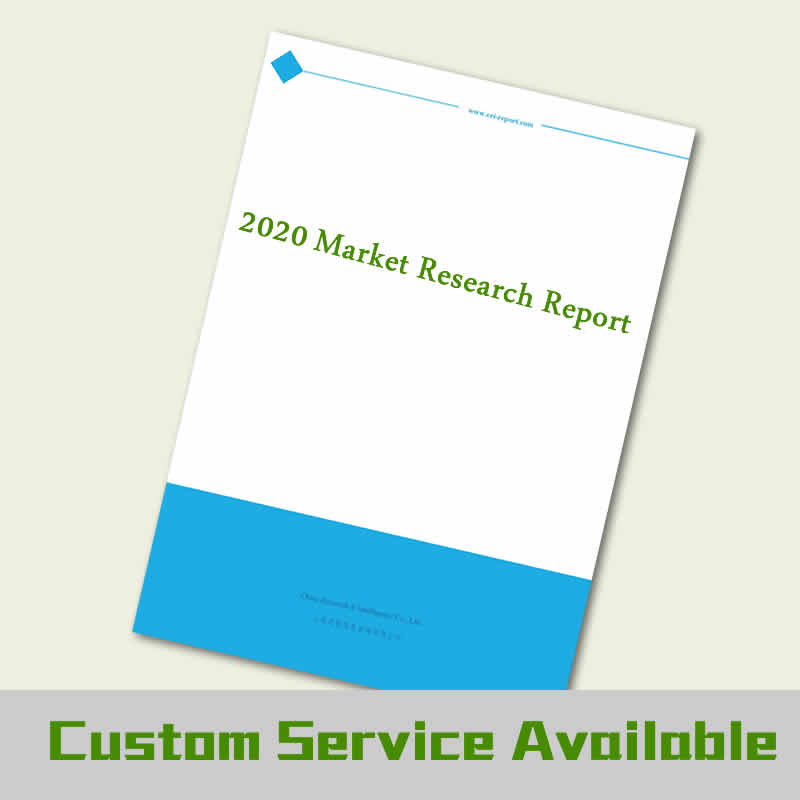Description
Global Armored Vehicles Market; By platform (Into Combat Vehicles, Combat Support Vehicles and Unmanned Armored Ground Vehicles); By Technology (Manned and Unmanned Technology); By System (Engine, Drive System, Ballistic Armor, Turret Drive, Fire Control System, Armaments, Ammunition Handling System, Countermeasure System, Command and Control System, Power System, Navigation System, Observation And Display System And Frame); By Region –Analysis of Market Size, Share & Trends for 2016 – 2019 and Forecasts to 2030
Product Overview
Armored vehicles are those security vehicles which are used to transport armed security from one place to another. It is an armor-protected land vehicle which generally combines operational mobility with offensive and defensive capabilities. Depending on the type these armored vehicles can be wheeled or tracked. Armored vehicles were owned and used only by the military, law enforcement, and ministers, but prominent figures from the corporate world, VIPs, and celebrities have also contributed to the demand for these vehicles over the past few years.
Market Highlights
Global Armored Vehicles Market registered a growth of USD XXXX billion in 2019 and is expected to grow at a CAGR of XX% till 2030. The raising security threats stemming from increasing terrorist violence and crime rate are driving demand for civilian armored vehicles. Furthermore, with the number of public figures, armored vehicles are gaining popularity, and elite groups are embracing armored passenger vehicles for greater sense of protection. Increased militarization promotes the use of military tactics and equipment, which in turn propels the development of the demand for armored vehicles.
Armored Vehicles Market: Segments
Global Armored Vehicles Market has been segmented on the basis of platform, systems, technology and region.
The combat vehicles segment is anticipated to register XX% of the volume share and is expected to grow at a highest CAGR.
By platform the global Armored Vehicles Market is segmented into combat vehicles, combat support vehicles and unmanned armored ground vehicles. Increasing demand across the globe for Armored Personnel Carriers (APCs) and Light Armored Vehicles (LAVs) is leading to market segment growth for the combat vehicle.
Global Armored Vehicles Market: Market Dynamics
High demand for armored vehicles and increasing terrorism to increase market growth
The raising security threats stemming from increasing terrorist violence and crime rate are driving demand for civilian armored vehicles. Furthermore, with the number of public figures, armored vehicles are gaining popularity, and elite groups are embracing armored passenger vehicles for greater sense of protection. Increased militarization promotes the use of military tactics and equipment, which in turn propels the development of the demand for armored vehicles.
Budget deficits and rising prices of raw materials to restraint the growth of the Armored Vehicles Market
Governments of different countries are cutting military spending and the national defense budget, which in turn has a negative impact on the growth of the global armored vehicle market. Rising prices of raw materials, components, vehicle assembly, and machining equipment are also expected to hinder the growth of the market for armored vehicles.
Global Armored Vehicles Market: Regions
The region segment can be further divided into five major types including North America, Latin America, Europe, APAC and MENA.
The APAC region is expected to dominate the segment and hold the highest CAGR in the market. The rising political tensions between Pakistan, India, China, and Japan and the increase in terrorist activity are pushing these countries to reinforce and modernize their ground forces which in turn are increasing the growth of armed vehicles in the APAC. Asia Pacific manufacturers are also investing heavily in research and development activities to develop advanced and hybrid armored vehicles for increased maritime and border patrolling. Growing military spending and rising demand for medium-sized, light-armored vehicles for patrolling operations are also expected to fuel growth in the APAC region.
North America is also expected to also show high growth amongst other regions. Market growth in this area can be attributed to the increasing investment made by area countries to build highly advanced and versatile armored vehicles with strong ballistic capabilities. The key drivers of these investments are the US, which is issuing contracts for the production and launch of new goods.
Global Armored Vehicles Market: Key Players
• General Dynamics Corporation
o Company Overview
o Business Strategy
o Key Product Offerings
o Financial Performance
o Key Performance Indicators
o Risk Analysis
o Recent Development
o Regional Presence
o SWOT Analysis
• Lockheed Martin
• Textron Inc.,
• The Raytheon Company
• Rheinmetall Defense
• International Armored Group
• BAE Systems
• INKAS Armored Vehicle Manufacturing
• STREIT Group American Legend Aircraft Co.
• Other prominent players
Armored Vehicles Market report also contains analysis on:
• Armored Vehicles Market Segments:
• By system:
o Engine
o Drive System
o Ballistic Armor
o Turret Drive
o Fire Control System (FCS)
o Armaments
o Ammunition Handling System
o Countermeasure System
o Command & Control System
o Power System
o Navigation System
o Observation & Display System
o Hull/Frame
• By platform:
o Combat Vehicles
o Combat Support Vehicles
o Unmanned Armored Ground Vehicles
• By technology:
o Manned
o unmanned
• Armored Vehicles Market Dynamics
• Armored Vehicles Market Size
• Supply & Demand
• Current Trends/Issues/Challenges
• Competition & Companies Involved in the Market
• Value Chain of the Market
• Market Drivers and Restraints


